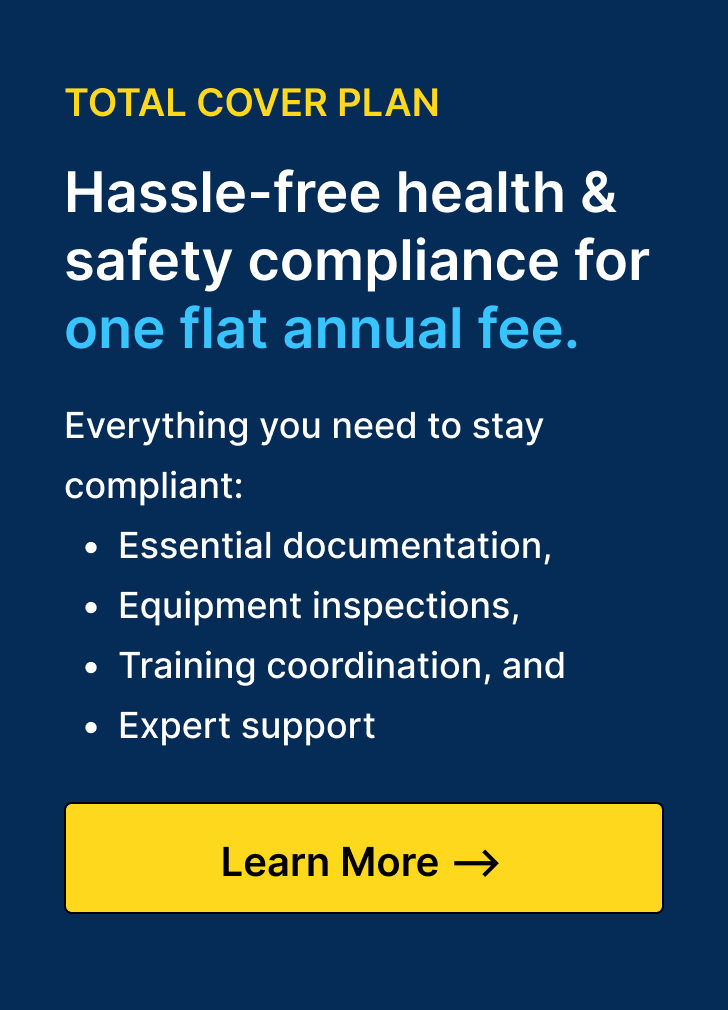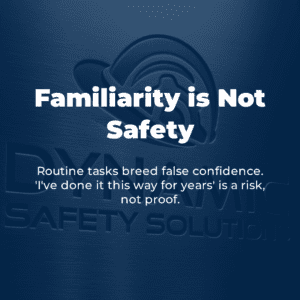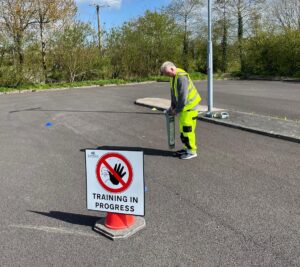Why People Take Shortcuts - Even When They Know the Risks
After years working in high-risk environments and carrying out statutory inspections, one pattern is clear: It’s rarely a knowledge problem. Most workers can explain the hazard, the controls and the potential outcome in detail.
1. Familiarity Creates Comfort
When a task becomes routine, the perceived risk drops - even if the real risk does not. “I’ve done it this way for years” becomes a justification rather than a fact.
2. Pressure Silently Overrides Safety
Targets, deadlines and operational demands influence behaviour far more than most people realise. Humans are naturally wired to prioritise speed when time or performance pressure is present.
3. Culture Sets the Behaviour
If a team operates with an unwritten rule that the “fast way” is acceptable, individuals adapt to that culture. People follow the norm — whether it’s safe or unsafe.
4. Shortcuts Often Come From Good Intentions
Many workers take risks because they believe it helps the team, helps the job or avoids holding up the process. It’s rarely intentional risk-taking — it’s often loyalty misdirected.
5. Delayed Consequences Distort Risk
If a shortcut doesn’t lead to an incident today, the behaviour feels validated. We are poor at judging long-tail risks when harm isn’t immediate.
So What Actually Works?
Telling people to “be more careful” isn’t enough. Effective safety relies on understanding the motivation behind the behaviour — then designing systems, coaching and controls that make the safest method the easiest and most natural choice.
When culture, environment and reinforcement change, shortcuts lose their appeal. People begin to see them not as time-savers but as unnecessary risks with no reward.
Health & Safety Professional







